Beng Mealea Temple, the burial place of King Suryavarman II, is located in the Angkor complex, the ruins remaining after centuries of being forgotten in the jungle.

Beng Mealea Temple is considered a version of Angkor Wat, discovered by French scientists in 1954. The temple is 77 km from Siem Reap city center, following Highway 6.
Angkor was once a powerful dynasty under King Suryavarman II (1113 - 1150), the king known as "invincible".
He was the one who built Angkor Wat - a great work that people admired. After the king passed away, he and his dynasty fell into oblivion, no one knew and no one could explain the ancient secrets.

In 1965, Western explorers began to set foot in the forest where Beng Mealea Temple is located and discovered that this was the burial place of King Suryavarman II and the royal treasures. In 2003, the government opened a trail leading to Beng Mealea. The temple has since become more popular and visited by tourists.
Beng Mealea is smaller in area than Angkor Wat but is still ranked among the great temples of the Khmer empire.

The temple consists of three galleries surrounding a central sanctuary, now in ruins. The surrounding area is simply a "cruciform monastery", similar to Angkor Wat.
There is a wooden walkway that leads visitors into the central area and the outer gallery.
"Most of the temple can only be accessed by climbing over fallen boulders and up the walls," said 64-year-old Norwegian photographer JP Klovstad, who has visited the site more than 10 times.

The temple grounds have only a few gates and surrounding walls.
“I find beauty in the ruins and the fantasy of a past golden age in Siem Reap,” says the Norwegian photographer .

Beng Mealea was built like a Hindu temple, the main material is sandstone. Today, the temple is mossy, surrounded by trees and bushes, many rubble stones lie in large piles around.

There are many carvings of images from Hindu mythology, such as Vishnu (the god who protects life and destroys evil spirits), Garuda, and Apsara fairies.
During the 12th century, Mahayana Buddhism made some progress in the region. Khmer kings allowed some carvings to depict Buddhist motifs, instead of just focusing on the Hindu god Vishnu as originally.

The raised walkways have long railings made from the body of the seven-headed Naga. In Hinduism and Theravada Buddhism, Naga protects rivers, streams, and wells and symbolizes prosperity, good harvests, and the bringing of water to the fields.

The temple was added to the UNESCO Tentative List of World Heritage Sites on March 27, 2020.
During the years when Beng Mealea was abandoned, from around the 16th century, the entire site was overrun by vegetation, with vines entwining around the gates. Today, tree roots have grown over the walls, emerging from the rock crevices, adding to the haunting effect. “The landscape here is absolutely stunning,” the Norwegian photographer commented.

Thu Trang, 39, from Ho Chi Minh City, accompanied photographer JP to visit Beng Maelea temple in June and was overwhelmed by the sight of the temple, which looked dilapidated but still exuded a strange majesty.
"You can lie down on a hammock made of ancient tree roots before stepping out of the forest," she said.

For many years, the temple was difficult to access because it was almost "swallowed" by the forest. Therefore, today this area still retains its ancient, wild beauty and has not been overloaded with tourists.
Source





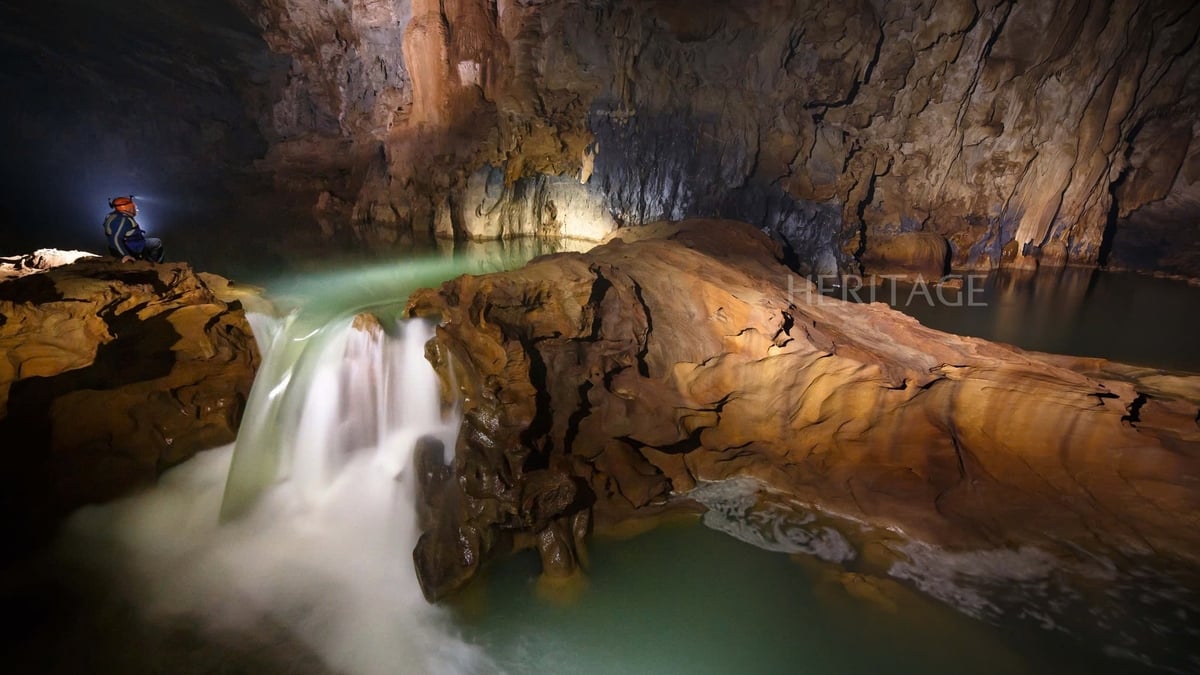




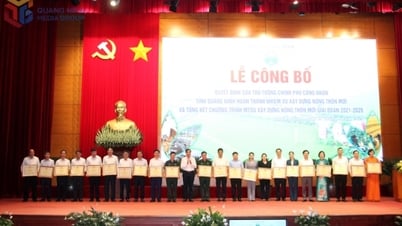


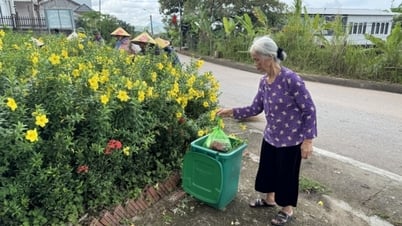





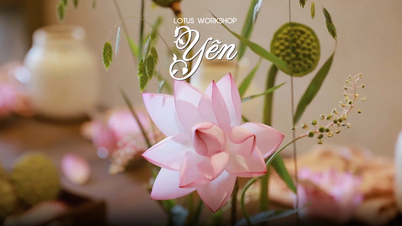



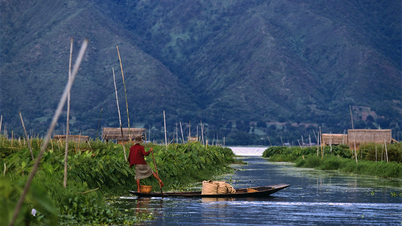







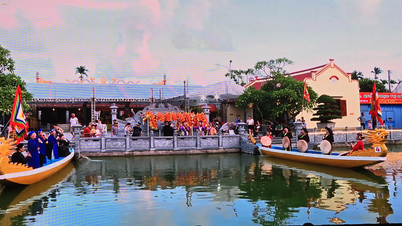

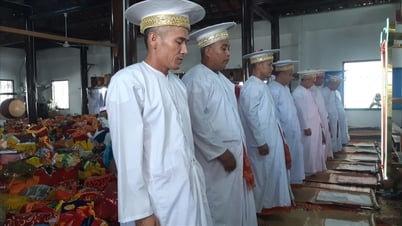

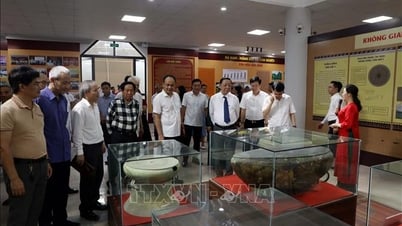











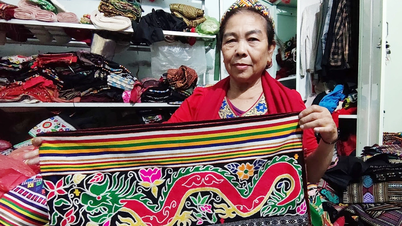











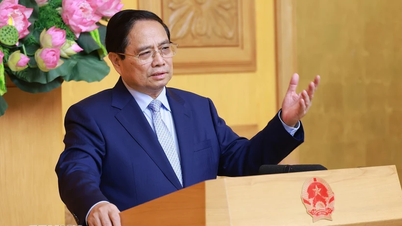













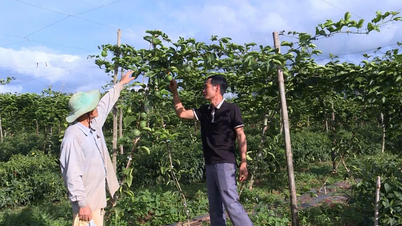




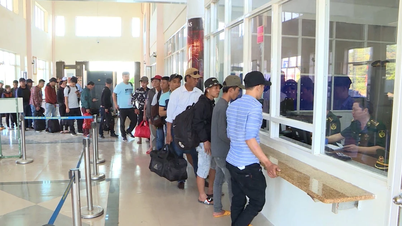














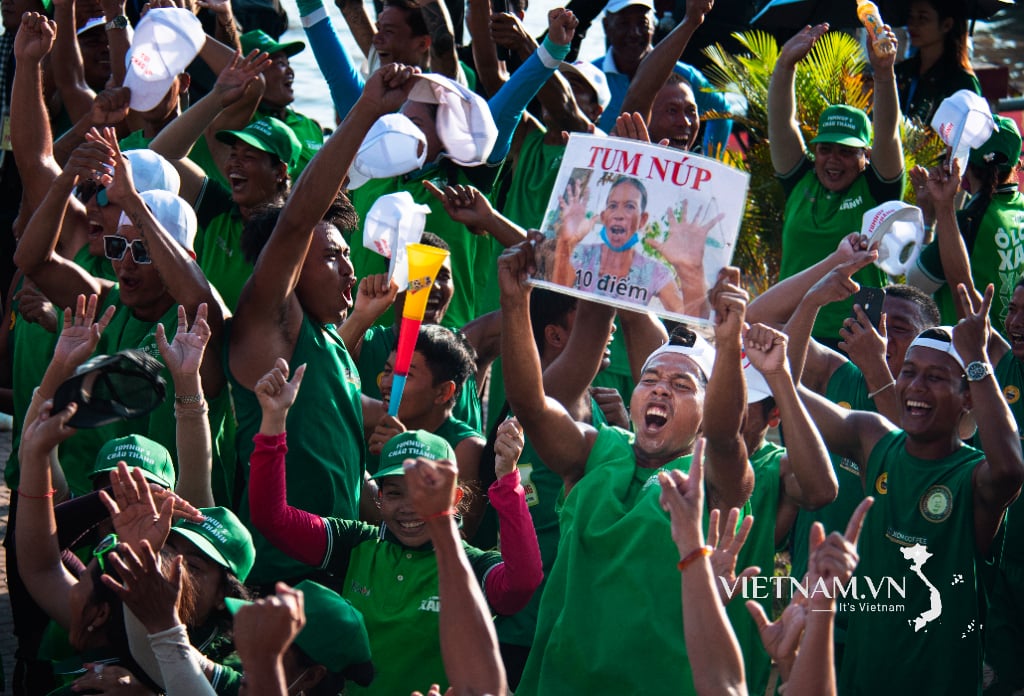

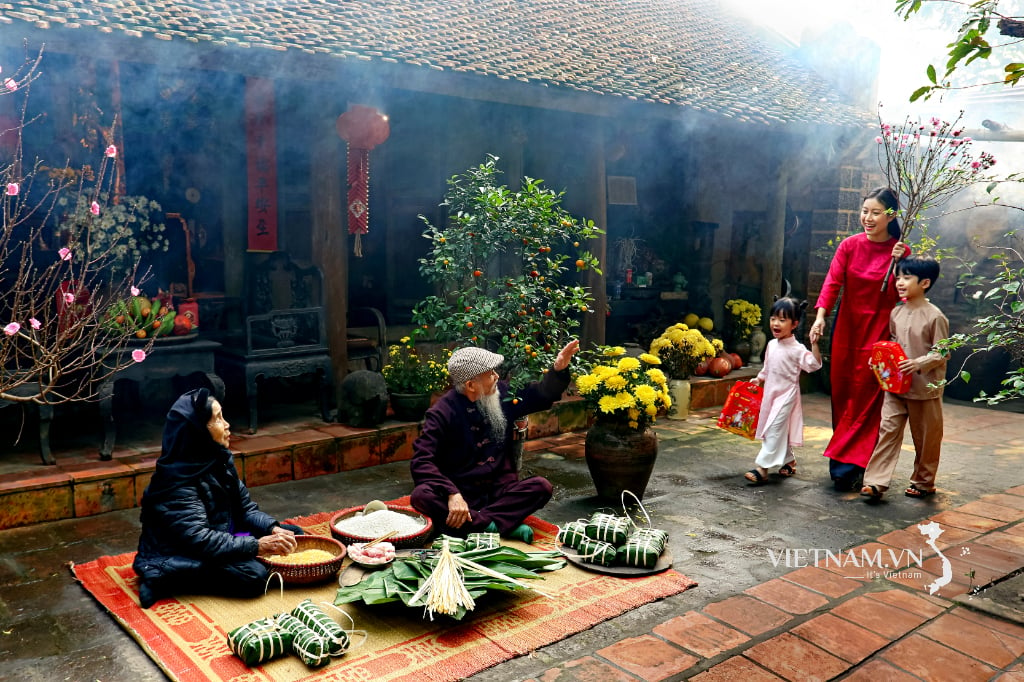

Comment (0)